Tumour extracellular vesicles and particles induce liver metabolic dysfunction
- PMID: 37225988
- PMCID: PMC10330936
- DOI: 10.1038/s41586-023-06114-4
Tumour extracellular vesicles and particles induce liver metabolic dysfunction
Abstract
Cancer alters the function of multiple organs beyond those targeted by metastasis1,2. Here we show that inflammation, fatty liver and dysregulated metabolism are hallmarks of systemically affected livers in mouse models and in patients with extrahepatic metastasis. We identified tumour-derived extracellular vesicles and particles (EVPs) as crucial mediators of cancer-induced hepatic reprogramming, which could be reversed by reducing tumour EVP secretion via depletion of Rab27a. All EVP subpopulations, exosomes and principally exomeres, could dysregulate hepatic function. The fatty acid cargo of tumour EVPs-particularly palmitic acid-induced secretion of tumour necrosis factor (TNF) by Kupffer cells, generating a pro-inflammatory microenvironment, suppressing fatty acid metabolism and oxidative phosphorylation, and promoting fatty liver formation. Notably, Kupffer cell ablation or TNF blockade markedly decreased tumour-induced fatty liver generation. Tumour implantation or pre-treatment with tumour EVPs diminished cytochrome P450 gene expression and attenuated drug metabolism in a TNF-dependent manner. We also observed fatty liver and decreased cytochrome P450 expression at diagnosis in tumour-free livers of patients with pancreatic cancer who later developed extrahepatic metastasis, highlighting the clinical relevance of our findings. Notably, tumour EVP education enhanced side effects of chemotherapy, including bone marrow suppression and cardiotoxicity, suggesting that metabolic reprogramming of the liver by tumour-derived EVPs may limit chemotherapy tolerance in patients with cancer. Our results reveal how tumour-derived EVPs dysregulate hepatic function and their targetable potential, alongside TNF inhibition, for preventing fatty liver formation and enhancing the efficacy of chemotherapy.
© 2023. The Author(s), under exclusive licence to Springer Nature Limited.
Conflict of interest statement
Competing interests
The authors declare no competing financial interests.
D.L. is on the scientific advisory board of Aufbau Holdings Ltd.
R.E.S. is on the scientific advisory board of Miromatrix and is a speaker and consultant for Alnylam Inc.
M.E. is a member of the research advisory board for brensocatib for Insmed; a member of the scientific advisory board for Vividion Therapeutics; a consultant for Protalix BioTherapeutics; and holds shares in Agios.
Figures
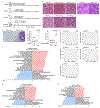
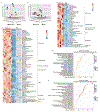

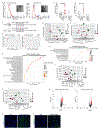

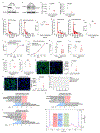
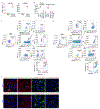

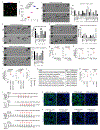
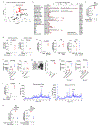
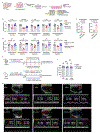





Comment in
-
Tumour EVPs disrupt liver function.Nat Rev Cancer. 2023 Aug;23(8):510. doi: 10.1038/s41568-023-00597-z. Nat Rev Cancer. 2023. PMID: 37322271 No abstract available.
References
Publication types
MeSH terms
Substances
Grants and funding
- R01 CA218513/CA/NCI NIH HHS/United States
- P30 CA008748/CA/NCI NIH HHS/United States
- R01 CA254036/CA/NCI NIH HHS/United States
- P30 DK020541/DK/NIDDK NIH HHS/United States
- P30 CA016058/CA/NCI NIH HHS/United States
- R01 DK121072/DK/NIDDK NIH HHS/United States
- T32 HL160520/HL/NHLBI NIH HHS/United States
- R01 CA237213/CA/NCI NIH HHS/United States
- R01 AI107301/AI/NIAID NIH HHS/United States
- R35 CA232093/CA/NCI NIH HHS/United States
- R01 AR077664/AR/NIAMS NIH HHS/United States
- U54 CA163117/CA/NCI NIH HHS/United States
- R01 CA207983/CA/NCI NIH HHS/United States
- R01 CA234614/CA/NCI NIH HHS/United States
- R50 CA211462/CA/NCI NIH HHS/United States
LinkOut - more resources
Full Text Sources
Medical
Molecular Biology Databases
Research Materials

